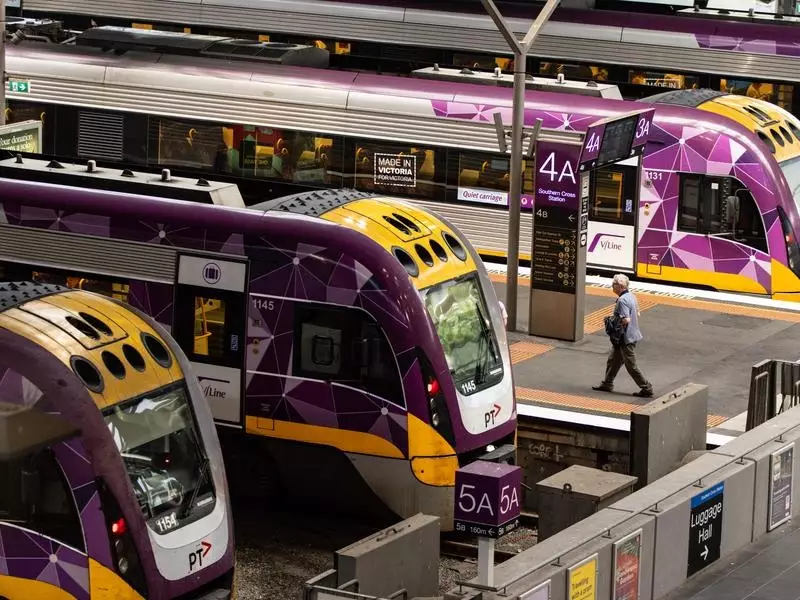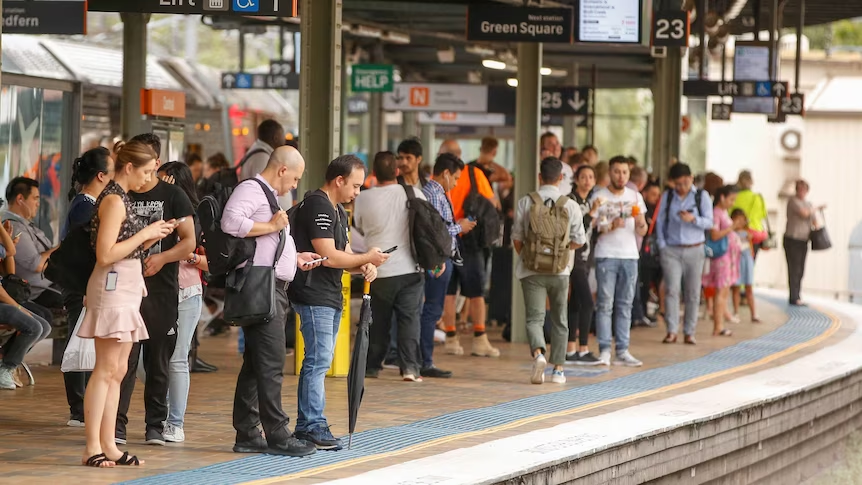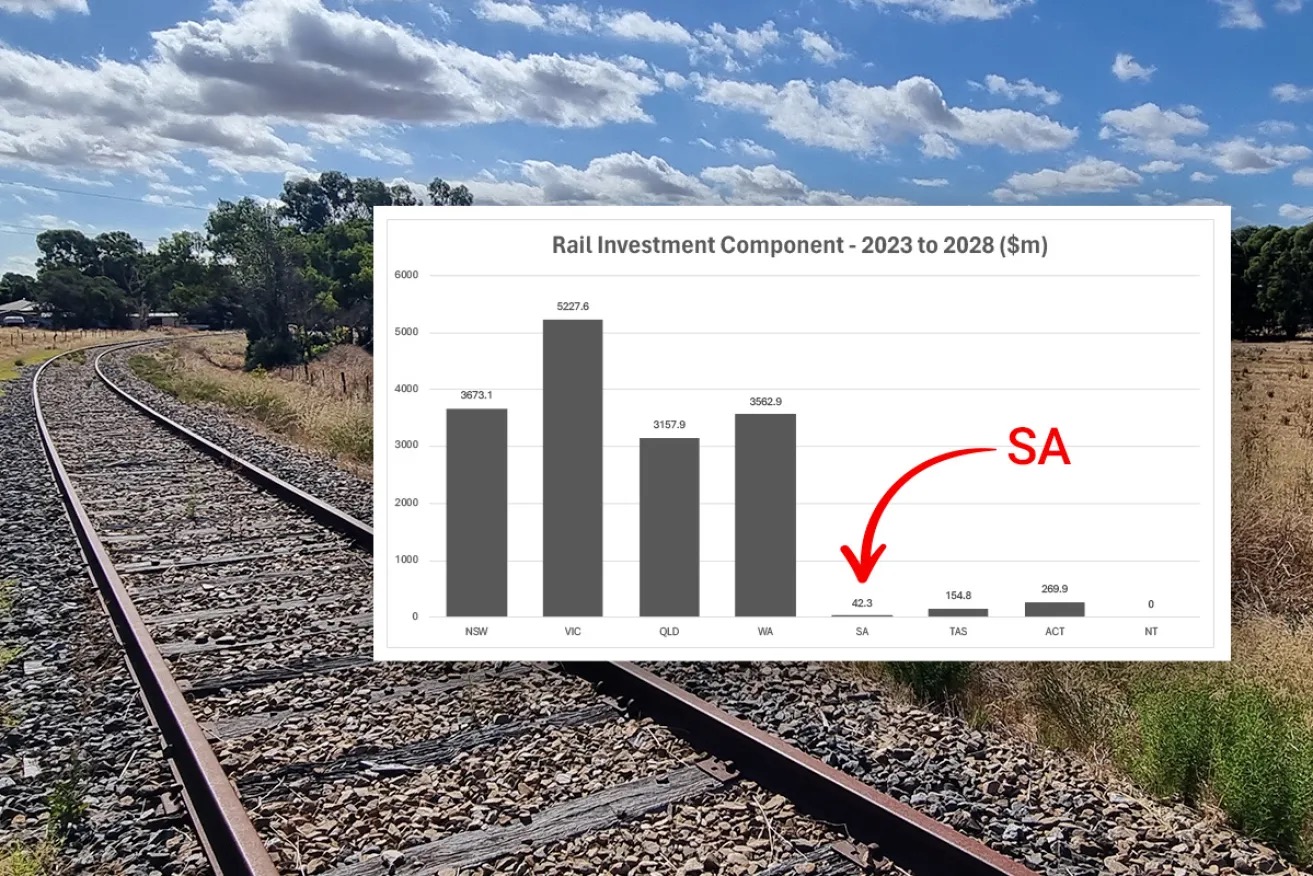The VLocity trains, which operate in Victoria, Australia, have faced several criticisms and challenges over the years. Here are some reasons why they have been perceived as problematic by some passengers and critics:
- Comfort Issues: Passengers have reported that the seats in VLocity trains are uncomfortable for longer journeys. The design and cushioning of the seats have been a common point of criticism.
- Reliability and Delays: There have been instances where VLocity trains have faced reliability issues, leading to delays and disruptions in service. Mechanical failures and maintenance problems have occasionally impacted their performance.
- Noise Levels: Some passengers have found the noise levels inside VLocity trains to be higher than desirable, which can make the travel experience less pleasant.
- Design Flaws: There have been concerns about certain design aspects of the VLocity trains. For instance, the absence of toilets in some carriages has been a significant issue for longer trips.
- Capacity and Crowding: During peak times, VLocity trains can become overcrowded, making it difficult for passengers to find seats and leading to an uncomfortable travel experience.
- Accessibility Issues: While improvements have been made, there have been ongoing concerns about the accessibility features of VLocity trains, particularly for passengers with disabilities.
- Safety Concerns: In the past, there have been safety incidents involving VLocity trains, including collisions and derailments, which have raised concerns about their safety features and operational procedures.
- Inadequate Facilities: Passengers have also pointed out the lack of adequate facilities on board, such as power outlets for charging devices, which are now common in modern trains globally.
While these issues highlight the areas where VLocity trains have faced criticism, it’s worth noting that the trains also have positive aspects, such as their speed and efficiency compared to older train models. Efforts have been made to address many of these concerns through upgrades and improvements over time.



Talgo trains for #Ballarat and #Geelong electrified line and 20 minute frequency would be perfect. move the Velocity sets to edge of the network. Ballarat to Maryborough to Castlemaine to Bendigo. You could also look to extensions to Cobram and end of the BG north of Maryborough. Give people access to trains. Consider also the extension of services to Horsham with excess diesel units. Run more services Ballarat to Maryborough.
@mareeedwardsmp should be asking for a rail service between Maryborough and Bendigo. She is currently trying to push through a rail trail at the same time asking for rail passenger upgrades.
From my traveelling experience these newer train need better insulation in the walls and floors as the on board riding conditions are bad for anything more then 3-4 hrs one way on the longer distances Warrnambool etc!
The noise level on board and constant roar of the traction engines and excessive vibration felt in the DMU is bad enough on the shorter distances!
Your drivers are protected in a insulated cab what about the passengers onboard?
The reading is as follows for Vol DMU :
end cars …..81.1 Decibels Min Max 83.1 and Peak is 86.6
Middle Car can a lot higher up to 79 Decibel Min Max 97 Decibels and Peak 101
compared with older trains
BZN on a Loco haul carriage on [Rough track]
Min: 77 Decibels Max 82 decibels and Peak 88 Decibels
BZN [ normal track conditions]
Min 77 Decibels Max 81.9 Peak 86.7
Reading from app DecibelX App.
I understand that the Warrnambool loco hauls with be replaced with the Velocities DMU after the 2 month shut down and this will progress with Swan Hill Loco Haul later on.
As the NSW Explorer same manufacture Alstom DMU has to follow with rolling stock specification for NSW Railway Conditions for long distance use for Transportation of the trains provider to design their newer trains which specifies Bi Directional seating and Buffet facilities to be included in the designing the production of the newer trains ….
From my observation: a regional conditions requirement and trip where people are sitting for more 3-4 + hrs onboard for our newer trains it need a buffet for people who has complex medical dietary requirement that need access to food and drinks on board.
As well those people who has tight time constraints for people who require food and drinks before disembarking and doing coach connections after getting off the trains!
Personally the Vols DMU got a potential to be good train if the decision makers put more thought into the passenger layout for the purpose Regional Travelling Conditions not more of a Suburban /Interurban passenger layout posing as Regional…..As not all trains are the same…..
I realise the DOT has invested a lot in Alstom……so here’s their website of their scope of their company and they manufacture and produce trains in other countries that more fit for purpose for long distance.
Please Refer this to your rolling stock team as well…..
https://www.alstom.com/solutions/rolling-stock
They are too noisy.
Petra,
Yes the air pressure noise and constant vibration is adds to it, as in those newer trains you sitting top of the source of sound and those traction engines as well….
The loco haul, the passengers were isolated away from the pressure and vibration from it traction engines…..
I find them very cramped and hard on the ears at times despite the fact I wear ear protection muffs at times and it can be very overwhelming the constant roar of traction engines in the passenger area in comparison the fluctuating clattering noise of the old loco haul carriages …..
My mate get migraines from riding them short distance ie: Melbourne to Castlemaine….
But proof is the decibel levels taken but technically is it true? if so what can be done to rectify it?
This where a independent train investigation team should form to investigate why, how did this happened and what can be done to reduce it a acceptable levels on board.
Reading the comments here and on social media the Talgo 230 was mentioned. The 230 is a nice intercity service platform with wifi and many other onboard services.
Talgo 230 is designed with the client in mind, and are fully adaptable to the specific demands of each operator. After all, only the best features can guarantee the best experience for passengers.
Wi-Fi access on every car.
At-seat infotainment services.
Individual lights and plug socket in every seat.
High-range air conditioning.
Fully adapted solutions for passengers with reduced mobility, thanks to its continuous, low-floor coaches at platform height
Large luggage compartments with sufficient room for large items such as skis and bicycles.
Modern and spacious WC, designed for easy maintenance.
At-seat catering service.
Designed for the passenger. The vlocities are designed for the operator competence level.
But the Vlocity trains remain a poor design and very uncomfortable service for passengers. They are very expensive to run and add to the serious pollution issues at Southern Cross Station.